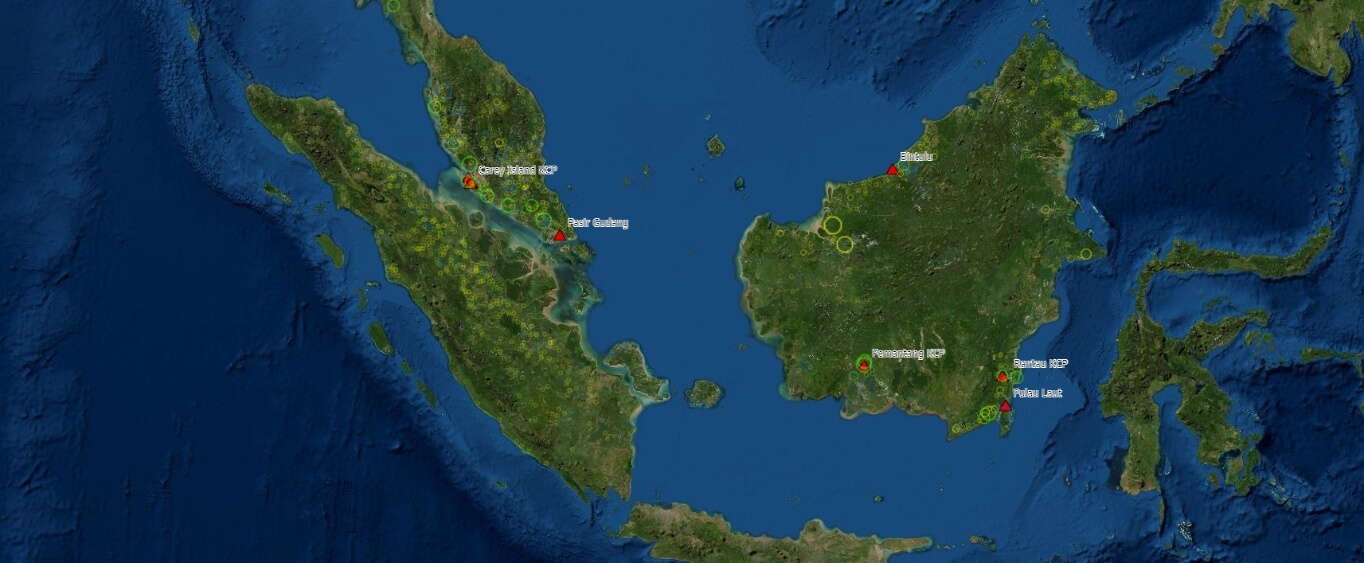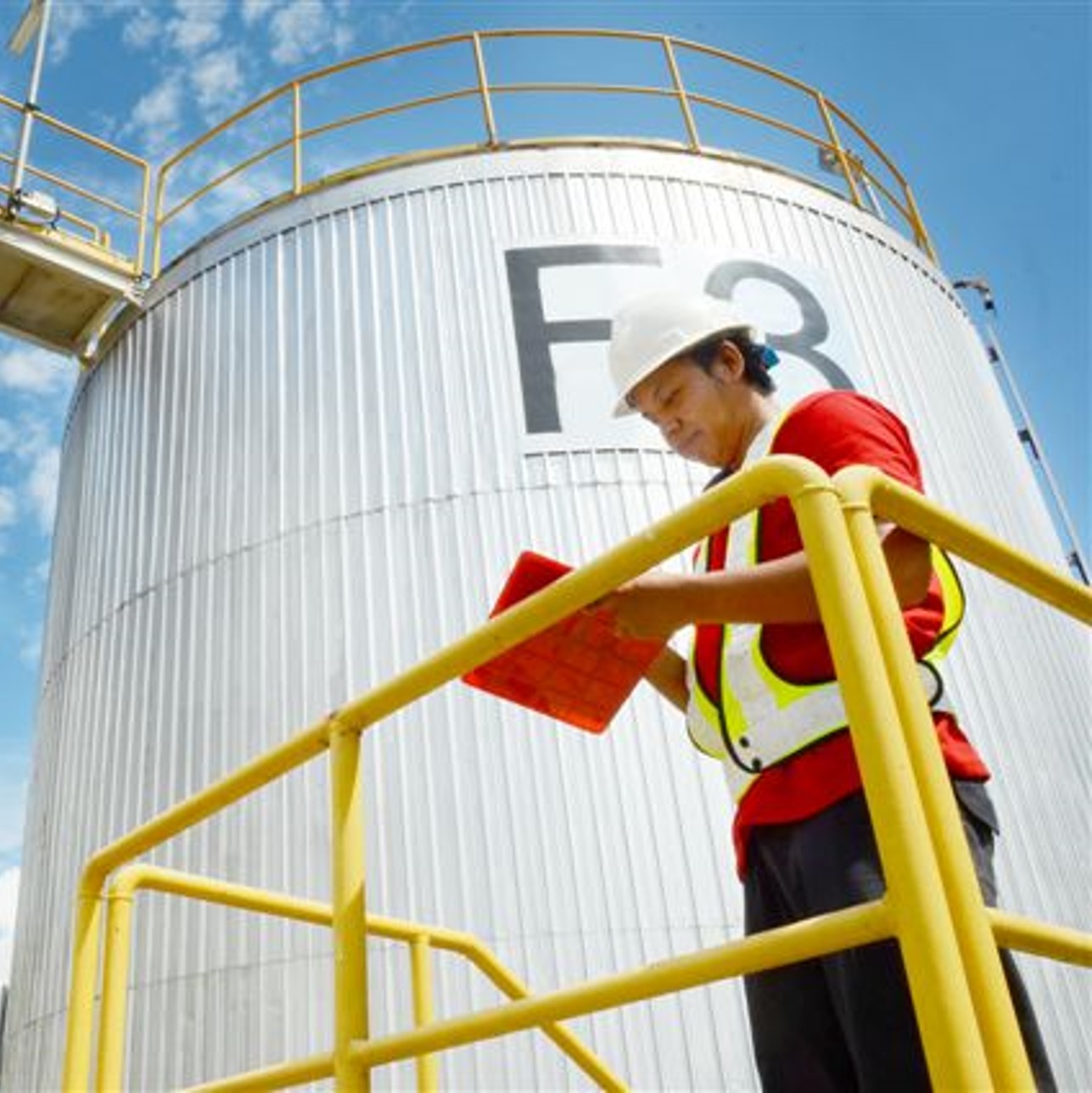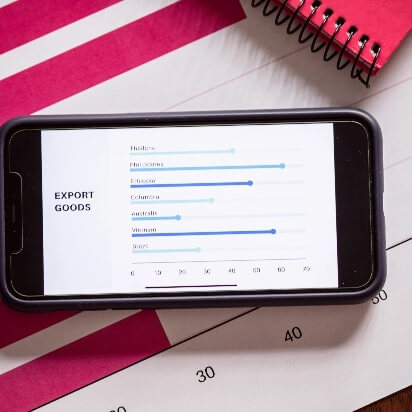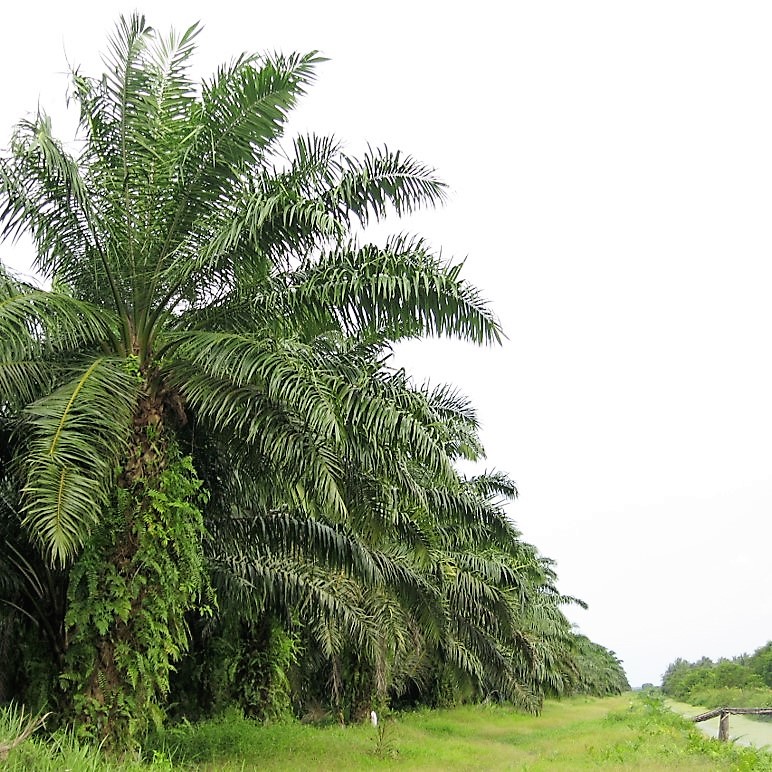Crosscheck


OVERVIEW
In 2019, we developed and launched the Crosscheck platform and open-access digital tool that tracks the origin of FFB and CPO in our supply chain across all the landscapes in which we operate.
As of December 2021, it covers all our business units and the 1,105 mills that supply to them. Crosscheck also makes available shapefiles of our estates and the smallholders that supply to our PNG and Solomon Islands operations. The platform does not include our Indonesian operations due to current regulatory restrictions. Crosscheck also includes external suppliers’ shapefiles, which are only for SDP’s internal use and not shared publicly.
In 2020, we upgraded the platform to Crosscheck 2.0.
This update included some technical improvements, and the platform now provides extra layers of information, including details about grievances against actors in our supply chain. It also provides the location of conservation projects in our sourcing landscapes.
Crosscheck users can now explore:

Our supply chain, including refineries and crushing plants, mills, plantations, and smallholders

Detailed profiles of SDP and third-party supplier mills, including Global Forest Watch risk ratings and summaries of grievances (where applicable)

Forest and peat areas, and our conservation projects in high-value landscapes.
Crosscheck’s enhanced transparency is an industry first and a significant step towards a deforestation-free supply chain. The improvements and extra layers of information have given us a powerful analytics tool to better understand the scope and complexity of our supply chain and the interconnections between the actors within it.
Crosscheck: A snapshot of use
Using a combination of information points such as a supplier’s location, land cover, and forest loss analysis, we can better understand the landscapes of existing and potential sourcing areas. Here is an example showing the regions of Aceh and North Sumatra. Mills in large red and orange circles operate in sensitive landscapes. Examples seen here include Subulussalam and Mandailing Natal. Small green circles indicate mills surrounded by established plantations with low deforestation rates, such as Labuhan Batu on the adjacent image. Using this information, we can distinguish deforestation-risk prone areas from safe sourcing zones. Internally, SDP uses these spatial analysis findings to guide sourcing decisions and identify suppliers that require further engagement. External stakeholders can use the information for similar purposes. Whilst the platform is open to all, Crosscheck is typically used by customers and their technical service providers.
